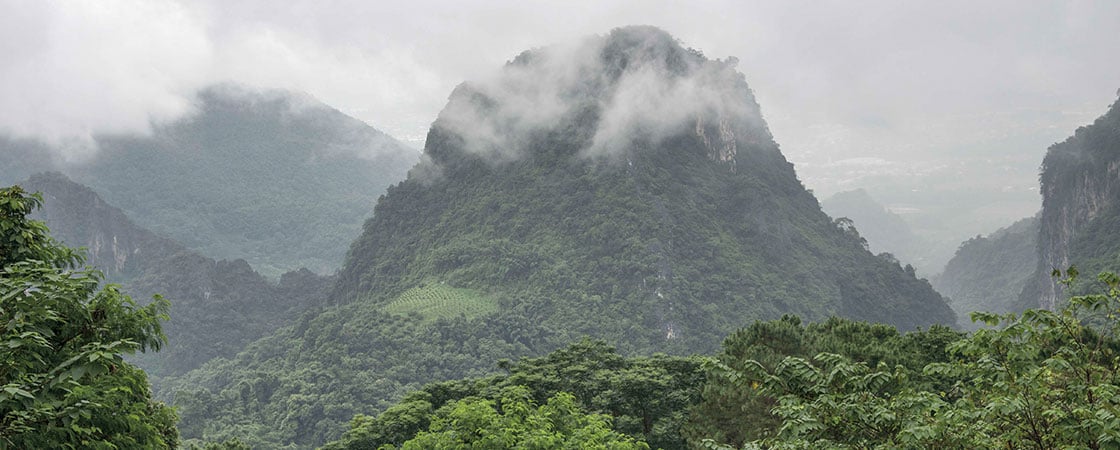Deep inside the pitch-dark cave, 12 players from the Wild Boars soccer team stood with their coach. They’d spent a thrilling afternoon exploring Tham Luang Nang Non—the Cave of the Sleeping Lady. The giant cave was just a few miles outside their hometown in northern Thailand.
Now they were hiking back out, but they needed to hurry. Their teammate Night’s 17th-birthday party would be starting soon.
There was just one problem. Turbulent water swirled ahead of them in the cave, blocking their way out.
The boys were confused. When they had come through the passageway earlier, it had been clear and dry.
The awful truth soon dawned on them: The cave had flooded, and they were trapped.
Deep inside the pitch-dark cave, 12 players from the Wild Boars soccer team stood with their coach. They’d spent a thrilling afternoon exploring Tham Luang Nang Non—the Cave of the Sleeping Lady. The giant cave was just a few miles outside their hometown in northern Thailand.
Now they were hiking back out, but they needed to hurry. Their teammate Night’s 17th birthday party would be starting soon.
There was just one problem. Rough water swirled ahead of them in the cave. It was blocking their way out.
The boys were confused. When they had come through the passageway earlier, it had been clear and dry.
The awful truth soon dawned on them. The cave had flooded, and they were trapped.

